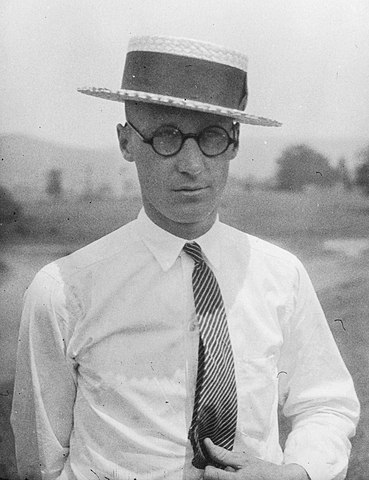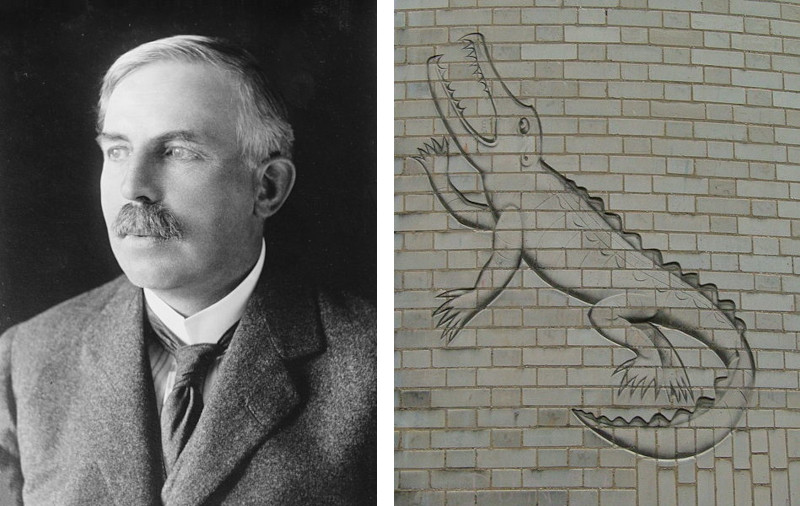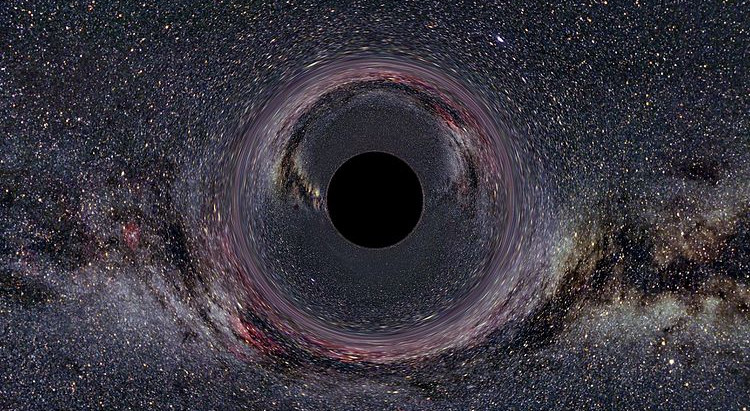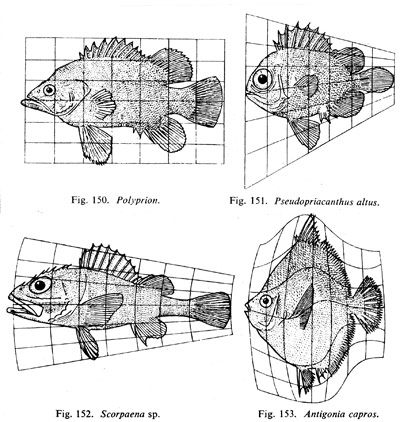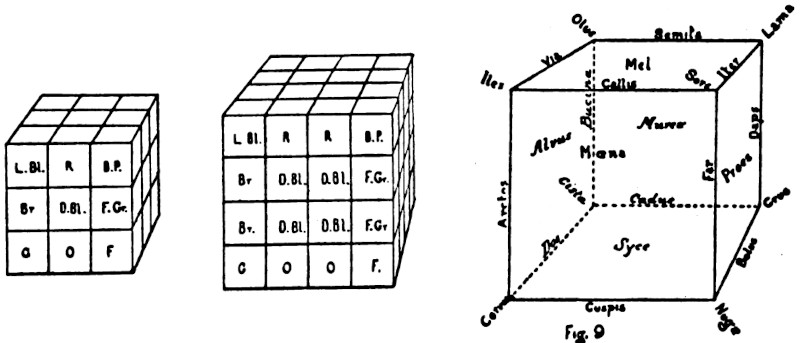On a dry summer day in California, physicist Julius Sumner Miller was driving slowly near the desert when a friend overtook him on the left. The friend’s wife, in the passenger seat, reached out to hand him a package of gum. Their hands were no less than 3 inches apart when “a terrific discharge took place which possessed the classical physiological effects. The shock was momentarily disabling, as a three-inch spark in air can well be.”
Miller published an inquiry about this in the American Journal of Physics and received a reply from R.F. Miller of B.F. Goodrich in Ohio. The motion of the cars had built up charges of different amounts; Goodrich had found that the accumulated charges can (or could) increase greatly as the wheel rotates, and “as soon as the tread charges are far enough removed, they will find a lower resistance path through the rim to ground rather than around the tread,” charging the vehicle.
Even at the time the phenomenon was well known; in his original letter Miller noted that gasoline trucks were required by law to carry a dragging chain or strap. But “the question as to how great a charge may accumulate is difficult to answer.”
(Julius Sumner Miller, “Concerning the Electric Charge on a Moving Vehicle,” American Journal of Physics, 21:4 [April 1953], 316.)

